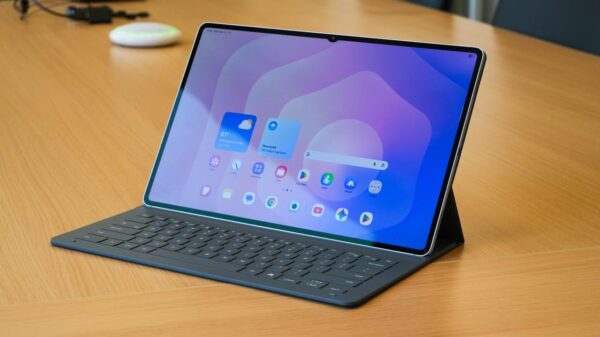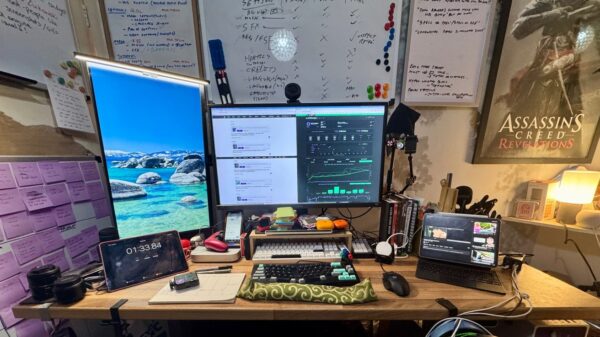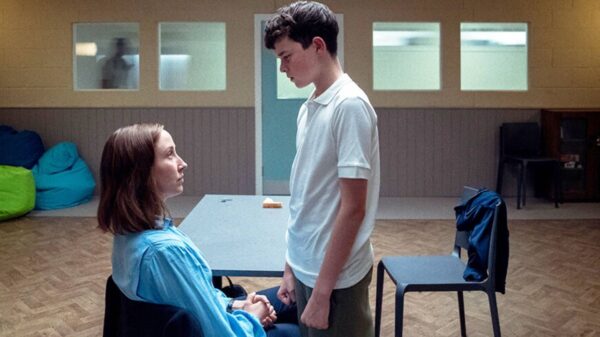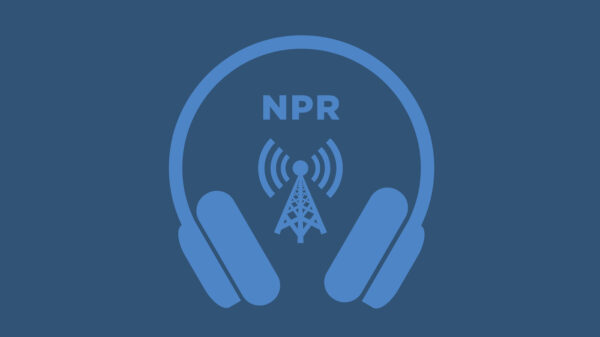The premium video-on-demand (VOD) market in South Korea has surged to a remarkable $1.1 billion in revenue during the first half of 2025. This growth has been driven by an increase in paid subscriptions, which rose by 1.5 million to reach a total of 24.5 million subscribers. According to research firm ampd, owned by Media Partners Asia, the introduction of connected TV tracking in the second quarter has significantly altered the landscape, revealing that viewing habits were previously underestimated.
The new measurement system has resulted in a reported increase of around 35% in monthly active users across various platforms, leading to a staggering 1.2 billion total viewing hours in just the second quarter. Within this competitive environment, Netflix continues to lead the market with 8.2 million subscribers, accounting for nearly half of all premium streaming viewership in the country.
Netflix’s dominance can be attributed to its successful lineup, which includes local hits such as ‘Squid Game’ Season 3, alongside popular licensed films. The platform has also formed a strategic partnership with Naver Plus, enabling users to access Netflix’s ad-supported tier for free.
Intensifying Competition in the Streaming Landscape
Despite Netflix’s strong position, competition is intensifying. TVING has experienced significant subscriber growth by introducing budget-friendly ad-supported options and providing a mix of popular variety shows, Korean dramas, and live sports coverage. Meanwhile, Coupang Play is also making strides with a new free advertising tier and an innovative Sports Pass offering.
One of the most significant developments in the industry is the approval of the merger between TVING and Wavve, which is expected to create a combined entity with 9.2 million subscribers by the end of the year. This merger positions the new entity as a formidable local alternative to Netflix’s extensive reach.
According to Vivek Couto, executive director of MPA, “Korea’s premium VOD sector is consolidating around a handful of scaled leaders. Local storytelling remains the foundation of engagement and monetization, while CTV is unlocking new audiences and advertising opportunities. The TVING-Wavve merger will reshape competition, providing a stronger domestic counterweight to Netflix’s scale.”
Local Content Dominates Viewing Habits
The latest viewing data highlights South Korea’s strong preference for homegrown entertainment. In the second quarter, local content accounted for an impressive 86% of all streaming hours. Korean dramas alone captured 48% of total viewership, while variety and reality shows took another 27%. Korean films represented 10%, while international content, particularly American movies, garnered only 6% of viewing time, the largest share for foreign offerings.
Netflix excels in drama consumption, whereas TVING and Wavve lead in variety programming. Dhivya T, lead analyst at MPA and ampd, noted that “Korean content’s dominance is near-universal, reaching 88% of all premium VOD users. K-dramas, comedy, and variety shows drive cross-platform reach, while high-profile exclusives on Netflix, TVING, Coupang Play, and Disney+ add competitive edge. Advertising tiers are now central to subscriber acquisition, especially in urban and price-sensitive segments.”
As the Korean streaming landscape evolves, the interplay between local and international content will continue to shape viewer preferences and industry dynamics, underscoring the importance of innovative strategies in a rapidly growing market.





































































